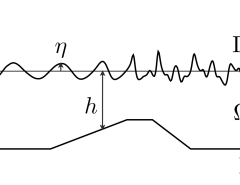Authors: Nicolas M. Müller, Piotr Kawa, Shen Hu, Matthias Neu, Jennifer Williams, Philip Sperl, Konstantin Böttinger
Published on: February 09, 2024
Impact Score: 8.2
Arxiv code: Arxiv:2402.06304
Summary
- What is new: Proposes a shift from considering audio as simply ‘fake’ or ‘real’ to identifying specific types of ‘voice edits’, including TTS and VC alterations.
- Why this is important: The challenge of identifying and categorizing voice fakes, beyond the binary fake vs. real paradigm, to address societal challenges.
- What the research proposes: A conceptual shift to focus on ‘voice edits’ with a detailed categorization and the creation of a new challenge dataset for detection.
- Results: Baseline systems for the new dataset show the feasibility of detecting various types of voice edits beyond the binary distinction.
Technical Details
Technological frameworks used: M-AILABS corpus for dataset curation
Models used: Baseline detection systems for identifying voice edits
Data used: Curated challenge dataset categorized into 6 types of voice edits
Potential Impact
Media and news reporting sectors, Security services, Podcasting platforms, and Text-to-Speech technology providers
Want to implement this idea in a business?
We have generated a startup concept here: Authentica.


Leave a Reply